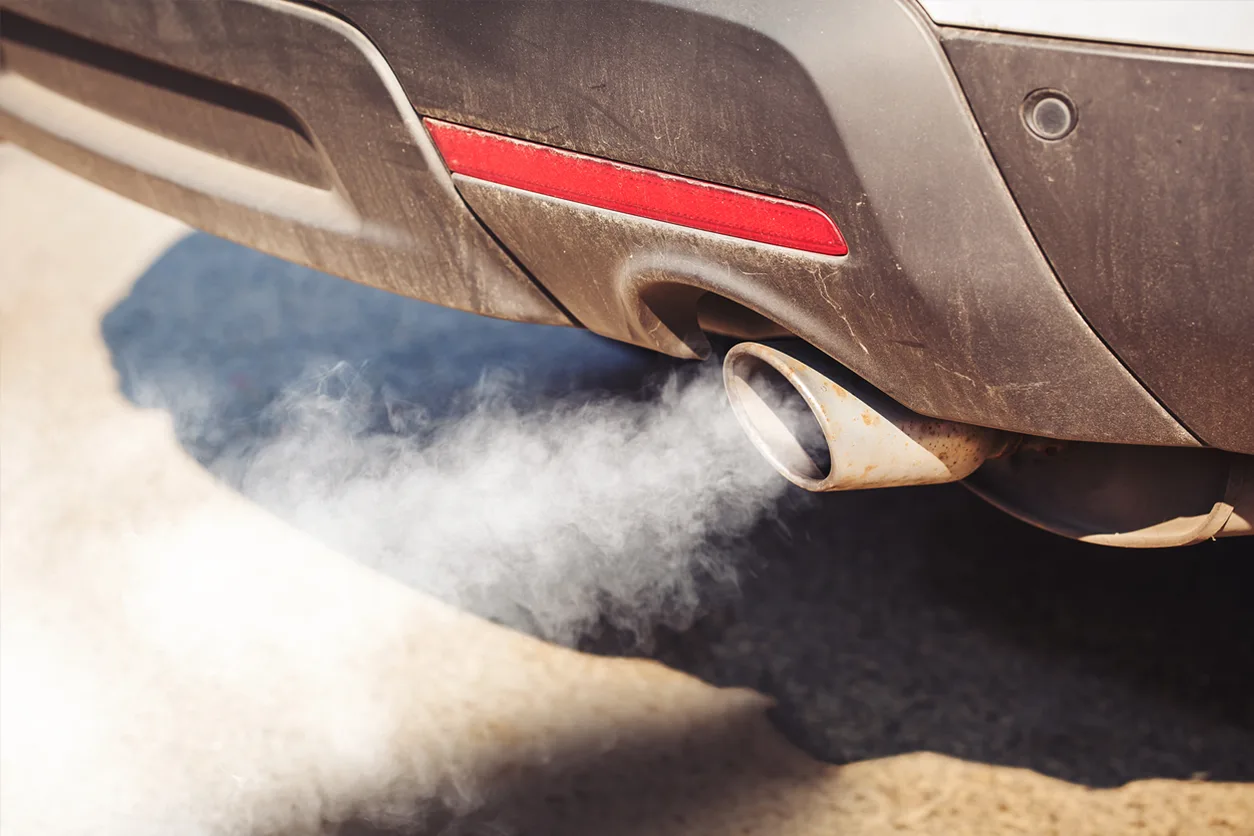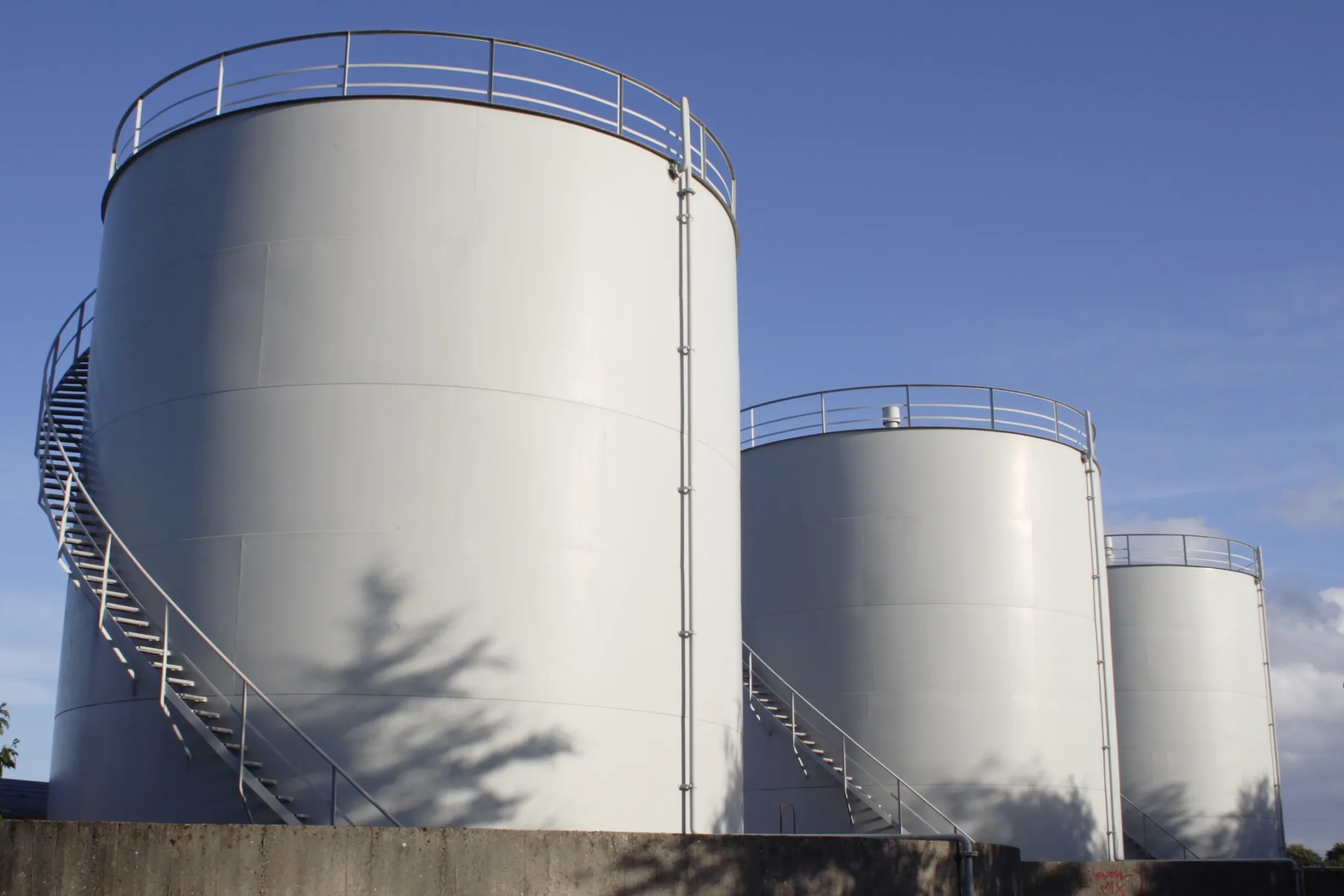Total Sulfur Analysis

Total Sulfur (TS) stands for the sum parameter of all organic and inorganic sulfur compounds. Trace levels (0.02 – 10.000 mg/kg or ppm by weight) of Total Sulfur are measured with an elemental combustion analyzer according to UV-Fluorescence detection technique or Microcoulometric detection technique. Common ASTM methods for sulfur testing include: ASTM D5453-19a, ASTM D6667, and ASTM D7183. The Nexis TS Total Sulfur analyzer provides a reliable and robust solution for labs.
Environmental regulations like the TIER III and EURO VI wield a maximum of 10 mg/kg of Total Sulfur or ppm by weight in diesel oils. The maximum amount of 10 ppm is also included in the Chinese norms GB 19147-2013 for Diesel fuels and GB 17930-2013 for Gasoline, deriving from the CHINA 5 environmental program.
ASTM Method D5453–19a includes an Appendix (A1) which describes the requirement to compensate for the presence of any nitrogen compound interference when analyzing Trace Level Total Sulfur content in naphtha’s, distillates, engine oils, ethanol, Fatty Acid Methyl Esters (FAMEs) and engine fuels.
Some analyzers today use a back-order calculation to manage nitrogen interference. However, it is limited in that it’s mathematical only and does not change the composition of the NO matrix. It also requires the added cost of a nitrogen analyzer. Others change the NO prior to UV detection. This can be very effective but may reduce the lifespan of the UV detector reaction chamber. The Nexis TRINITY solution changes the NO prior to UV detection. Its adjustable capability does not impact the lifespan of the UV detection chamber; therefore, making it the ideal solution for trace level sulfur detection.

Whitepapers
ASTM Method D5453-19a describes the combustion and Ultra Violet Fluorescence (UV-F) detection of Sulfur in light hydrocarbons, engine fuels and oils. However, even an optimized detector may identify nitrogen oxide as Sulfur dioxide, as they both emit at the same wavelength. This problem can result in false positives or biased total sulfur data. EST Analytical and TSHR have developed an integrated tunable Nitrogen Oxide interference elimination module, called the TRINITYTM Module. This new module ensures there is no interference when analyzing high nitrogen containing samples thus delivering accurate total Sulfur data.
EST Analytical and TSHR have developed a new signal processing technique to achieve the lowest detection levels for trace level total sulfur and nitrogen for the NEXIS VP model Combustion analyzer. The NEXIS trace level sulfur, nitrogen and chlorine analyzer models equipped with the AS120 liquid/solids autosampler enables laboratories to perform a multiple point calibration line using ONE-Cal™ Technology and the NEXIS LINK software platform including Digital Signal Processing (DSP) Technology™.
This application note shows the analytical data and achieved LOD’s for both nitrogen and sulfur with the NEXIS VP model based on ISO ISO11843-2 methodology and the use of the NEN 7777 method which is incorporated in the NEXIS LINK operating software.
Labs around the globe share a common need to enhance lab productivity and stability when analyzing Total Sulfur, Nitrogen and Chlorine. Today, that process consumes too much time and money. When done improperly it can also contribute to poor data outcomes requiring labs to repeat calibrations and delay much needed sample analysis.
The oxidative combustion analysis of a wide range of petroleum samples which may contain high sulfur and/or nitrogen content may result into potential carry-over effect issues that can result in downtime for this analysis. The EST and TSHR NEXIS VP model with AS120 liquid autosampler uses a direct injection technique combined with a high efficiency combustion tube design to avoid the risk of incomplete combustion and therefore demonstrates a very low carry-over effect. This application note describes the practical lab study for the “carry-over effect” and the degree to which the NEXIS VP TN/TS elemental combustion analyzer manages1) the “carry-over” effects which is based on a reference definition. Extreme high sulfur/nitrogen concentrations of 10,000 ppm as well as middle high ppm concentrations 100 ppm of nitrogen and sulfur samples were analyzed multiple times and multiple sets followed by a set of blank solvent injections to determine the “carry-over” effects.
The future requirements of Total Sulfur/Nitrogen analysis in light liquid hydrocarbons such like petrochemical base, intermediate and final products are heading towards very low concentration levels (ppb). This application note shows the precision, Level of Detection (LOD) and repeatability performance when a simultaneous analysis of Total Nitrogen and Sulfur is conducted using the NEXIS Combustion analyzer equiped with both ONE-Cal™ functionality and Digital Signal Prcoessing Technology (DSP). DSP Technology will enhance the Sulfur/Nitrogen detector performance resulting in a level of high sensitivity and repeatability.
This note shows the raw analytical calibration data and achieved LOD’s for both Nitrogen and Sulfur using the NEXIS model equipped with the AS120 liquids autosampler in the range of 0 – 1000 ppb.
Liquefied Petroleum Gas (LPG) is a group of hydrocarbon gases typically compromising three or four carbon atoms. The most common forms of LPG are propane (C3H8), propylene (C3H6), butane (C4H12) and butylenes (C4H8). Being colourless and odourless necessitates the addition of odourants to LPG to aid detecting unsafe situations. These odourants are normally the sulfur containing compounds mercaptanes, which are added at an approximate concentration of less than 10 ppmS. Measurement of the Total Sulfur (TS) content in natural gas streams is important both in avoiding sulfur related pipeline corrosion and for the determination of precise quantity of odorant that must be added to the LPG. LPG and other light hydrocarbons are also finding use as feedstocks for a variety of new refining technologies. The need for low sulfur measurements in this part of the industry is of a growing importance. Furthermore, LPG is increasingly used as an automotive fuel and must therefore comply with legislations concerning the sulfur content of automotive fuels, the limits of which are decreasing in last decade.
ASTM Method D5453 is commonly used to determine Total Sulfur in liquid hydrocarbons. The boiling range of these hydrocarbons can vary from 25 to 400ºC. This method calls for the sample to be directly injected or placed in a sample boat and then inserted into a high temperature tube for combustion where the sample is oxidized into sulfur dioxide (SO2). The sample is exposed to ultraviolet light and detected by a photomultiplier. This application note will examine the Total Sulfur content of diesel fuel samples using the NEXIS Total Nitrogen/Total Sulfur combustion analyzer.
ASTM D5453 covers the determination of Total Sulfur in concentrations ranging from about 1 to 8000 mg/kg in a wide range of liquid hydrocarbons and automotive fuels having a boiling point range of 25˚C to 400˚C and viscosities between 0.2 and 20 Cst (mm²/s) at ambient temperature.
Sulfur compounds can have detrimental effects on many environmental and industrial processes and are undesirable in finished products. This supports the need and importance to monitor trace level sulfur concentration of various type of automotive fuels and related products. This Application Note shows the analysis performance of a set of automotive fuel samples. The system design and methodology of the EST & TSHR NEXIS Total Sulfur analyzer is thoroughly tested for response linearity and repeatability, to validate its performance according to ASTM D5453.
The EST & TSHR NEXIS GM model, Gas & LPG Sample introduction module, is able to accurately sample and automatically introduce Gases and LPG samples into the EST & TSHR NEXIS model Total Sulfur Analyzer. This feature results into a fully automatic calibration and sample analysis for trace level Total Sulfur content with the EST & TSHR NEXIS series TS analyzers. Liquefied Petroleum Gas (LPG) is a group of hydrocarbon gases easily liquefied at moderate pressures which typically comprise C1 up to C10 hydrocarbons and S hetero compounds. The most common forms of LPG are methane (CH4), Ethane (C2H6), propane (C3H8), propylene (C3H6), butanes (C4H12) and butylenes (C4H8). The most common S compounds found in LPG are sulfides, thiophenes and mercaptans.
ASTM D5453 covers the determination of Total Sulfur in concentrations ranging from about 1 to 8,000 mg/kg in a wide range of liquid hydrocarbons and automotive fuels having a boiling point range of 25˚C to 400˚C and viscosities between 0.2 and 20 Cst (mm²/s) at ambient temperature.
Sulfur compounds can have detrimental effects on many environmental and industrial processes and are undesirable in finished products. This supports the need and importance to monitor trace level sulfur concentration of various type of automotive fuels and related products. This application note shows the analysis performance of a set of automotive fuel samples. The system design and methodology of the EST and TSHR NEXIS Total Sulfur analyzer is thoroughly tested for response linearity and repeatability, to validate its performance according to ASTM D5453.
The Total Sulfur analysis of LPG by combustion UV-Fluorescence detection method is governed by ASTM D6667 [1] and ASTM D7551 [2] and applicable to samples containing 1.0 – 100 mg/kg of sulfur. This application note describes a direct sampling and injection technique that complies with ASTM D6667 and D7551 methods, for measuring low level sulfur in LPG using the NEXIS eQP Total Sulfur Analyzer in conjunction with the NEXIS Gas Module (GM) Gas & LPG Sample introduction module.
The analysis of Total Sulfur in both light hydrocarbon and automotive fuels samples conducted by UV Florescence are routinely used by laboratories around the globe. However, these laboratories face challenges regarding aging instrument performance for accuracy, speed and larger instrument size taking up too much bench space. These challenges result in reduced lab productivity. Today’s laboratories demand simplicity and ease-of-operation from their Total Sulfur analyzers when testing automotive fuels. They require a high grade of reliability, full method compliance and accurate and consistent sulfur data. Ideally this can be accomplished in a smaller more compact instrument that saves bench space and provides reliable day-to-day operation.
This Application Note shows the performance of the NEXIS eQP model Total Sulfur Analyzer for a set of gasoline and diesel fuel samples in compliance to ASTM D5453, ISO 20846 methods and the TIER 3 program.
The analysis of total sulfur in both light and aromatic hydrocarbon samples conducted by standard test methods ASTM D5453 and ASTM D7183 are routinely used by laboratories around the globe. However, these laboratories face challenges regarding aging instrument performance for reliability, accuracy, and speed. These challenges result in sample re-runs and wasted time and money for lab personnel. Today’s labs are looking for a reliable and accurate analyzer to report out data as quickly as possible with a high grade of confidence.
This Application Note shows the performance of the NEXIS eQP model Total Sulfur Analyzer by UV Fluorescence for a range of various liquid hydrocarbon samples in compliance to ASTM D5453 and D7183 methods.


